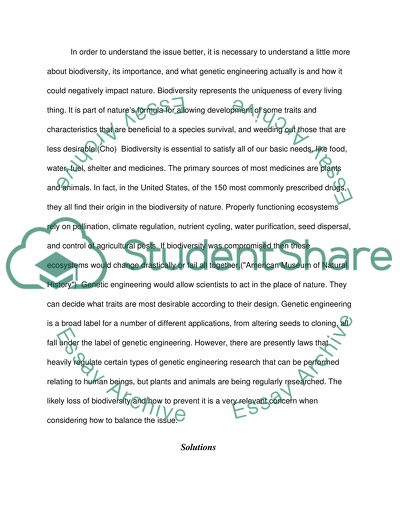Cite this document
(“Solution Proposal Argument Essay Example | Topics and Well Written Essays - 1500 words”, n.d.)
Solution Proposal Argument Essay Example | Topics and Well Written Essays - 1500 words. Retrieved from https://studentshare.org/english/1460638-solution-proposal-argument
Solution Proposal Argument Essay Example | Topics and Well Written Essays - 1500 words. Retrieved from https://studentshare.org/english/1460638-solution-proposal-argument
(Solution Proposal Argument Essay Example | Topics and Well Written Essays - 1500 Words)
Solution Proposal Argument Essay Example | Topics and Well Written Essays - 1500 Words. https://studentshare.org/english/1460638-solution-proposal-argument.
Solution Proposal Argument Essay Example | Topics and Well Written Essays - 1500 Words. https://studentshare.org/english/1460638-solution-proposal-argument.
“Solution Proposal Argument Essay Example | Topics and Well Written Essays - 1500 Words”, n.d. https://studentshare.org/english/1460638-solution-proposal-argument.


